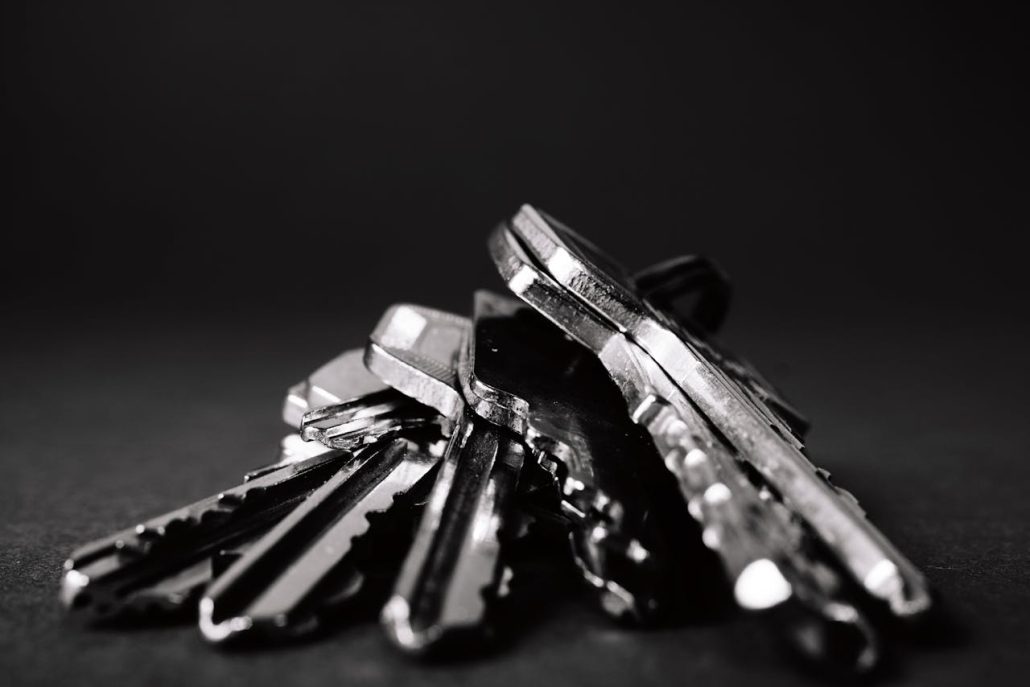Unlocking Sales Success: Strategies for Beverage Distributors to Thrive
Are you a beverage distributor struggling to boost your sales and stay competitive in today’s market? You know, the distribution industry is a crucial link between producers and suppliers and various establishments.
However, truly thriving in this ever-changing landscape of consumer preferences and market dynamics requires a strategic approach. Whether you are just starting or looking to expand your existing operations, understanding the core strategies for thriving in this competitive market is crucial.
So, without further ado, let’s dive in and explore some effective strategies to help you thrive.
Ensuring Quality
Maintaining high product quality is essential in keeping customers happy and boosting your brand’s reputation. No one wants to sip a drink that doesn’t taste right or fresh. That’s where consistent quality checks and reliable cleaning technology come into play.
That’s right! There are innovative solutions to help ensure beverages are always served at their best. For example, if you are in the beer distribution business, some companies specialize in advanced beer line cleaner technologies. These technologies play a crucial role in maintaining the cleanliness of beer lines.
But why does this matter? Clean beer lines mean that every pour is crisp and true to taste, just as the brewer intended. Moreover, their comprehensive system not only cleans but also provides valuable data to help you understand when and where maintenance is most needed. Thus, ensure you’re following the right cleaning standards and helping reduce the time and cost involved.
Optimizing Distribution Channels
When you’re distributing beverages, how you get your products to the customer can make a difference. There are a few main ways to do this, and each has its advantages.
- Direct Store Delivery: This means delivering your beverages to the stores selling them. It’s fast and lets you control how your products are handled and displayed. You can ensure everything looks right and even restock items quickly if they sell well.
- Third-Party Distributors: Sometimes, it makes sense to let another company handle the delivery. This can help you reach more areas without the extra cost of managing the delivery yourself. These companies specialize in distribution, so they can often do it more efficiently.
- Online Platform: Selling directly to customers online is becoming more popular. This method lets you reach customers who prefer shopping from home. It can also give you more control over your product range and pricing.
Using a mix of these methods can help you reach more customers and keep things running smoothly.
Effective Marketing and Promotions
Marketing your beverages in a way that makes them stand out can be challenging, especially in a market filled with options. One effective approach is to get creative with your marketing campaigns. Think about unique themes or fun slogans that reflect your brand’s personality. This not only draws attention but also makes your products memorable.
Another smart strategy is to use promotions and incentives. For example, you could offer discounts on new products to encourage customers to try them. Limited-time offers create a sense of urgency, prompting customers to buy before they miss out.
Loyalty programs are another great way to boost sales. By rewarding repeat customers, you keep them returning and turn them into brand ambassadors who spread the word about your products.
Training a High-Performing Sales Team
Training your sales team effectively is essential if you want to see real improvements in your business’s performance. Investing in regular training and development programs can give your team the tools and knowledge they need to succeed. This isn’t just about teaching them to sell but also about building their confidence and skills to handle various sales situations they might encounter.
Motivation plays a huge role in how well your sales team performs. One effective technique is setting clear, achievable goals. When your team knows what they need to achieve, they can focus their efforts better.
Recognizing their achievements and rewarding them when they meet their targets can also boost their motivation. This doesn’t always mean big bonuses; sometimes, a simple thank you, or public acknowledgment of their hard work can make a big difference.
Maintaining Retailer Relationships
Maintaining strong partnerships with retailers is key for any beverage distributor wanting to succeed. One way to build these relationships is by always being reliable and honest. This means making sure deliveries are on time, and the quality of products is consistent.
Negotiation is another important part of working with retailers. It’s not just about settling on prices but also about understanding what each side needs from the partnership. Listen carefully to what retailers are looking for, and be prepared to discuss how you can meet those needs.
Communication is the glue that holds business relationships together. Keeping in touch regularly helps keep everyone on the same page.
Conclusion
Thriving in the beverage distribution industry means embracing change and using smart strategies to your advantage. Remember, success is not just about making sales but also about connecting and adapting to new trends. Keep learning, keep improving, and let’s toast to your future achievements in this dynamic industry!





